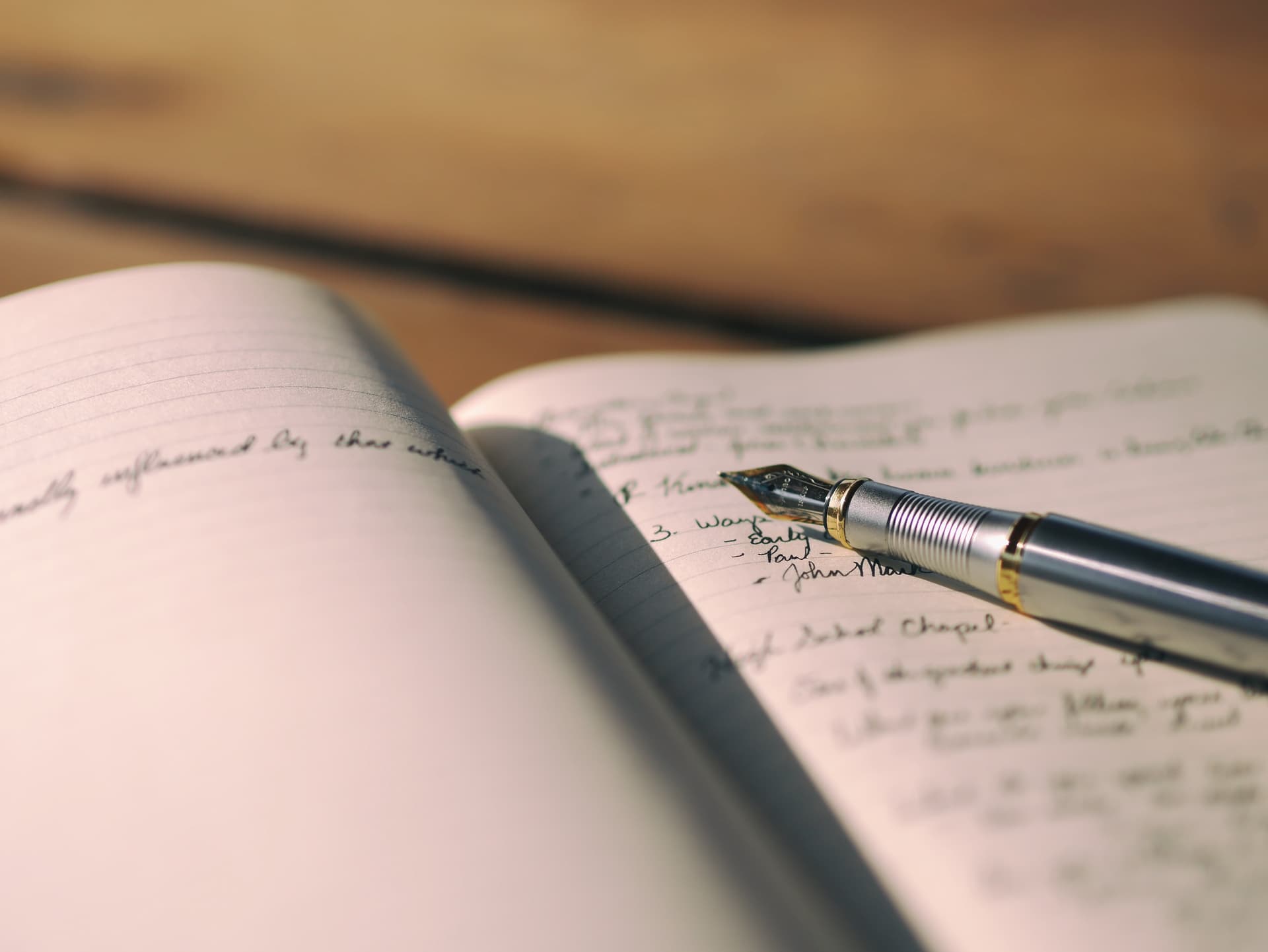
How journalists can protect against Slapp cases and other legal threats
SLAPPs are a legal instrument used by powerful and influential people or entities to muzzle their critics from publishing materials considered critical
The Fix Newsletter
Everything you need to know about European media market every week in your inbox
13 articles • 0 Followers









